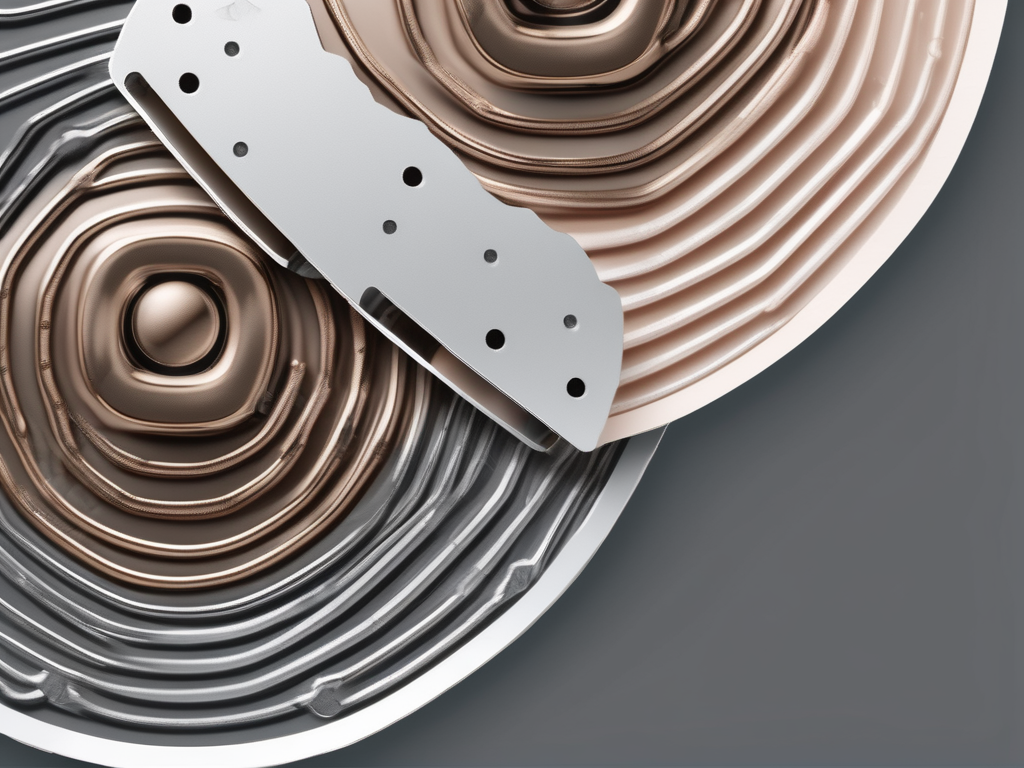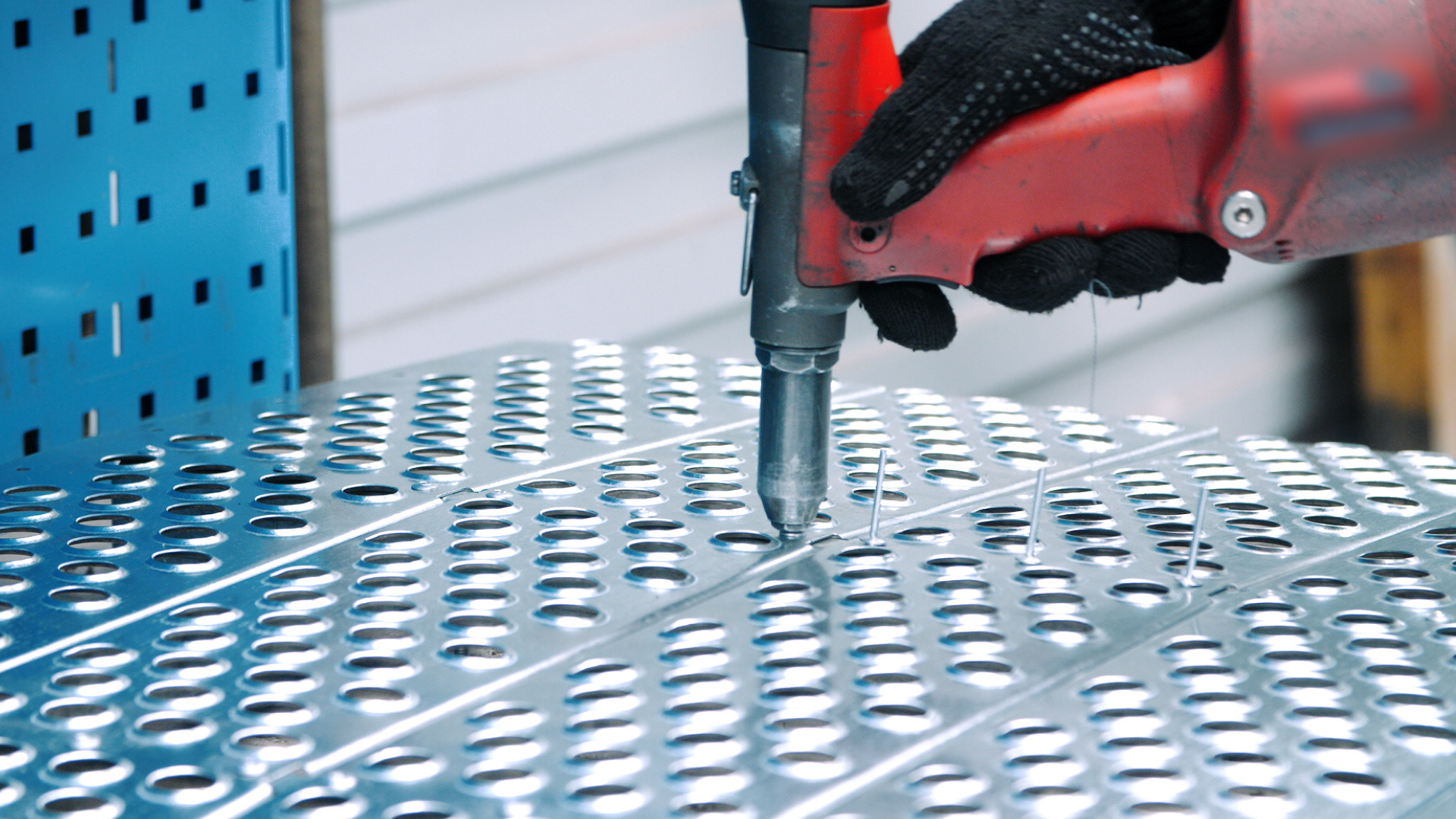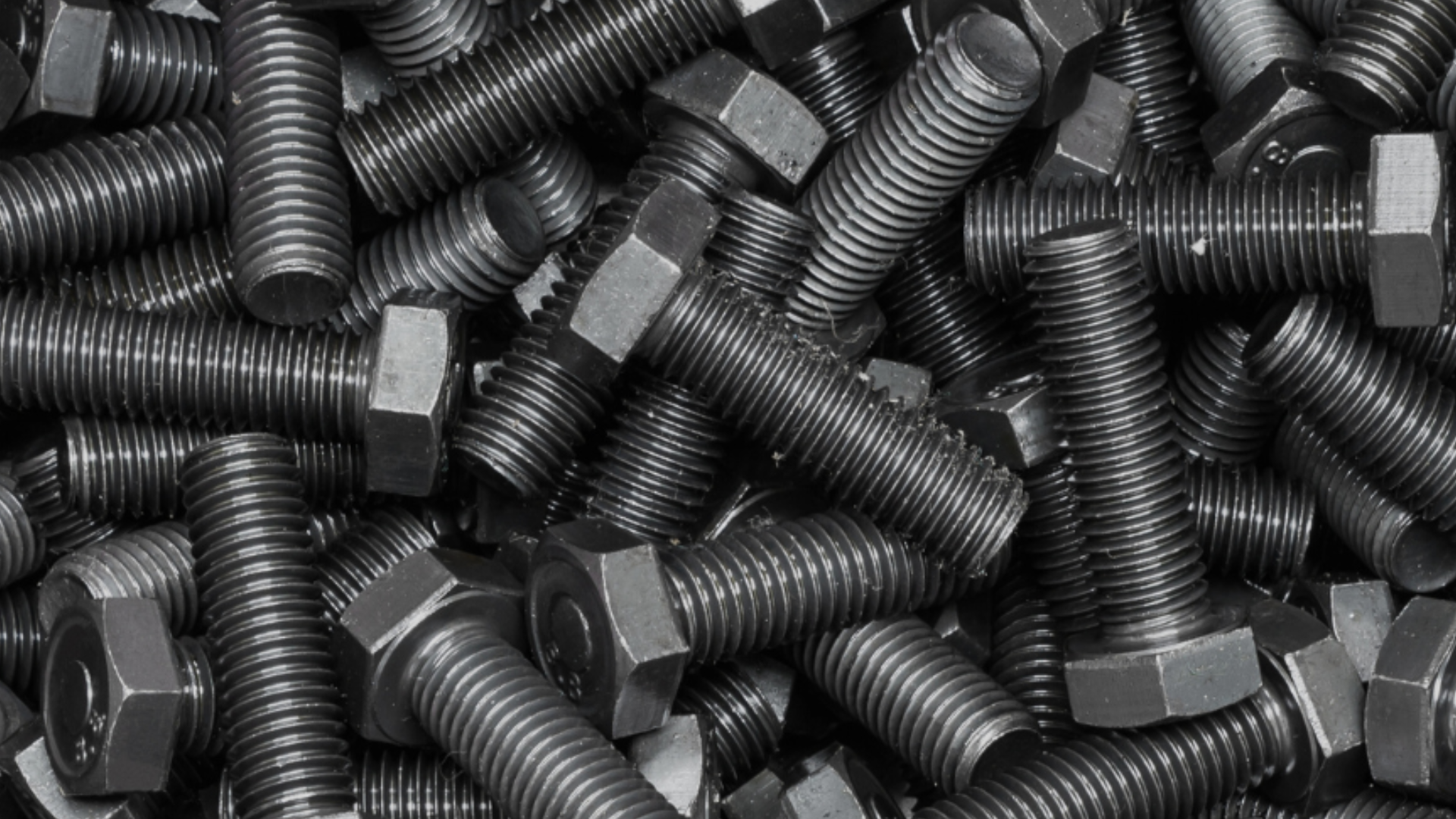Waterjet cutting is a versatile and efficient method of material processing that utilizes a high-pressure stream of water, often mixed with abrasive particles, to cut through various materials. This article delves into the specifics of abrasive waterjet cutting, a subset of waterjet cutting, and explores its principles, applications, advantages, and limitations.
The process of abrasive waterjet cutting involves the use of water pressure and abrasive materials to cut through hard substances. This technique is widely used in industries such as manufacturing, construction, and automotive for its ability to produce precise cuts without generating heat or mechanical stresses. This article provides a comprehensive understanding of the various aspects of abrasive waterjet cutting.
Table of Contents
Principles of Abrasive Waterjet Cutting
The fundamental principle behind abrasive waterjet cutting is the use of a highly pressurized stream of water mixed with abrasive particles. The waterjet, when directed at a specific point on the material’s surface, erodes the material, resulting in a cut. The addition of abrasive particles enhances the cutting capability, enabling the process to cut through harder materials such as metal or stone.
The process begins with the generation of a high-pressure water stream, typically achieved using a high-pressure pump. This water stream is then passed through a small-diameter nozzle, which increases its velocity. The high-speed water stream then picks up the abrasive particles, and the resulting mixture is directed towards the material to be cut.
Role of Abrasive Particles
The abrasive particles play a crucial role in the cutting process. They are typically made of hard materials such as garnet or aluminum oxide. When mixed with the high-speed water stream, these particles act like a cutting tool, eroding the material’s surface upon impact. The size and type of abrasive particles used can significantly influence the cutting speed and quality.
The abrasive particles are stored in a hopper and are fed into the water stream after it exits the nozzle. The rate at which these particles are fed into the stream can be controlled, allowing for adjustments in the cutting speed and precision.
Control of the Cutting Process
The cutting process is controlled using a computer numerical control (CNC) system. This system guides the nozzle along the desired cutting path, ensuring precision and consistency. The CNC system can also control the water pressure, the rate of abrasive feed, and the speed of the nozzle, allowing for adjustments based on the material’s properties and the desired cut quality.
Additionally, the cutting process can be monitored and adjusted in real-time, providing the operator with greater control and flexibility. This is particularly useful when cutting complex shapes or when working with materials that have varying thicknesses or hardness levels.
Applications of Abrasive Waterjet Cutting
Abrasive waterjet cutting is used in a wide range of industries due to its versatility and precision. It can cut through a variety of materials, including metals, stone, glass, and composites, making it a valuable tool in industries such as manufacturing, construction, aerospace, and automotive.
In the manufacturing industry, abrasive waterjet cutting is used to cut parts with complex shapes or intricate details. It is also used for cutting large sheets of metal or stone in the construction industry. In the aerospace and automotive industries, it is used for cutting high-strength materials such as titanium and high-strength steel.
Manufacturing Industry
In the manufacturing industry, abrasive waterjet cutting is used for its ability to produce precise and clean cuts. It is particularly useful for cutting parts with complex geometries or intricate details, as the process does not generate heat or mechanical stresses that could distort the part. Additionally, the process does not require any tooling, reducing the setup time and cost.
Another advantage of abrasive waterjet cutting in the manufacturing industry is its ability to cut through a wide range of materials. This includes metals, composites, ceramics, and even glass. This versatility makes it a valuable tool in the production of a wide range of products, from automotive parts to consumer electronics.
Construction Industry
In the construction industry, abrasive waterjet cutting is used for cutting large sheets of material, such as stone or metal. The process is capable of cutting through thick materials, making it ideal for cutting stone slabs for countertops or metal sheets for structural components. Additionally, the process produces a smooth and clean cut, reducing the need for secondary finishing processes.
Another advantage of abrasive waterjet cutting in the construction industry is its ability to cut complex shapes. This is particularly useful when cutting decorative elements or when working with materials that have irregular shapes. The process is also capable of cutting through materials with varying hardness levels, making it a versatile tool in the construction industry.
Advantages of Abrasive Waterjet Cutting
Abrasive waterjet cutting offers several advantages over traditional cutting methods. One of the main advantages is its ability to cut through a wide range of materials, including hard materials such as metal or stone. This is achieved by the addition of abrasive particles to the water stream, which enhances the cutting capability.
Another advantage is the precision and quality of the cuts produced. The process does not generate heat or mechanical stresses, which can distort the material or degrade the cut quality. Additionally, the process produces a smooth and clean cut, reducing the need for secondary finishing processes.
No Heat Generation
One of the main advantages of abrasive waterjet cutting is that it does not generate heat. Traditional cutting methods, such as laser or plasma cutting, generate heat that can distort the material or degrade the cut quality. In contrast, abrasive waterjet cutting is a cold cutting process, meaning it does not generate heat or thermal stresses. This makes it ideal for cutting materials that are sensitive to heat, such as plastics or composites.
Additionally, the lack of heat generation means that there is no risk of thermal damage to the material. This is particularly important when cutting materials that are prone to thermal damage, such as metals or ceramics. The lack of thermal damage also reduces the need for secondary finishing processes, saving time and cost.
High Precision and Quality
Abrasive waterjet cutting is known for its high precision and quality. The process is capable of producing cuts with tight tolerances, making it ideal for cutting parts with complex geometries or intricate details. Additionally, the process produces a smooth and clean cut, reducing the need for secondary finishing processes.
The high precision and quality of abrasive waterjet cutting are achieved through the use of a CNC system. This system guides the nozzle along the desired cutting path, ensuring precision and consistency. The CNC system can also control the water pressure, the rate of abrasive feed, and the speed of the nozzle, allowing for adjustments based on the material’s properties and the desired cut quality.
Limitations of Abrasive Waterjet Cutting
While abrasive waterjet cutting offers several advantages, it also has some limitations. One of the main limitations is the high operating cost. The process requires a significant amount of water and abrasive particles, which can be expensive. Additionally, the high-pressure pump and the nozzle are subject to wear and tear, requiring regular maintenance and replacement.
Another limitation is the cutting speed. While abrasive waterjet cutting is capable of cutting through hard materials, the process is slower compared to other cutting methods, such as laser or plasma cutting. This can be a disadvantage when cutting large volumes of material or when a high production speed is required.
High Operating Cost
One of the main limitations of abrasive waterjet cutting is the high operating cost. The process requires a significant amount of water and abrasive particles, which can be expensive. Additionally, the high-pressure pump and the nozzle are subject to wear and tear, requiring regular maintenance and replacement. These factors can significantly increase the operating cost of the process.
However, the high operating cost can be offset by the advantages of the process. For instance, the ability to cut through a wide range of materials, the high precision and quality of the cuts, and the lack of heat generation can justify the higher operating cost in many applications.
Slow Cutting Speed
Another limitation of abrasive waterjet cutting is the slow cutting speed. While the process is capable of cutting through hard materials, it is slower compared to other cutting methods, such as laser or plasma cutting. This can be a disadvantage when cutting large volumes of material or when a high production speed is required.
However, the slow cutting speed can be offset by the advantages of the process. For instance, the ability to produce precise and clean cuts, the lack of heat generation, and the ability to cut through materials with varying hardness levels can justify the slower cutting speed in many applications.
Conclusion
Abrasive waterjet cutting is a versatile and efficient method of material processing. It offers several advantages over traditional cutting methods, including the ability to cut through a wide range of materials, the high precision and quality of the cuts, and the lack of heat generation. However, it also has some limitations, such as the high operating cost and the slow cutting speed.
Despite these limitations, abrasive waterjet cutting is widely used in various industries due to its versatility and precision. It is a valuable tool in industries such as manufacturing, construction, aerospace, and automotive, where it is used to cut parts with complex shapes, large sheets of material, and high-strength materials.



